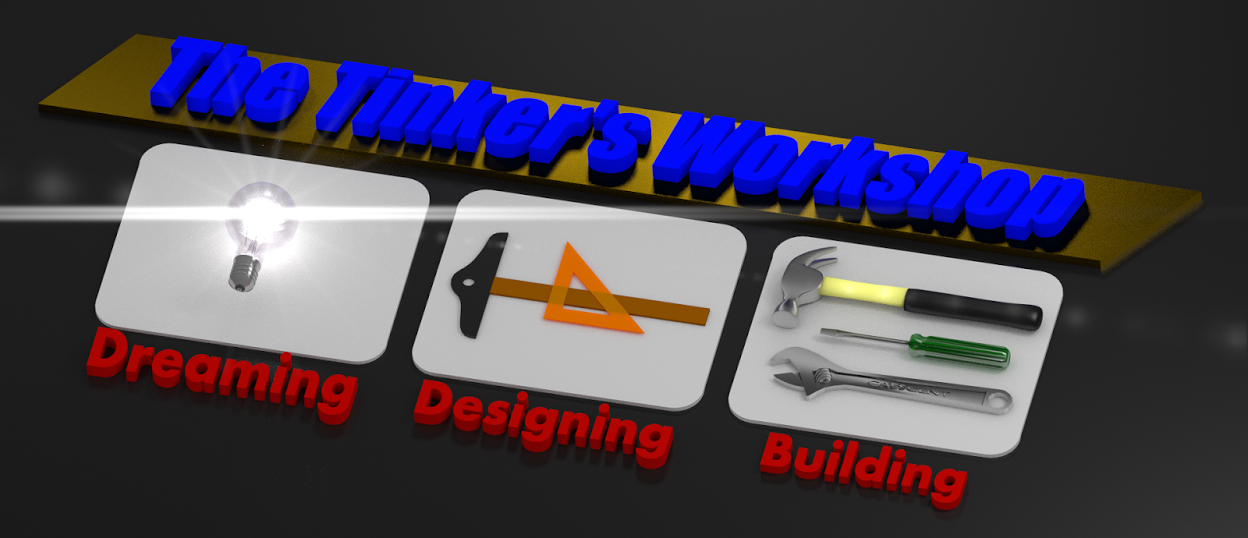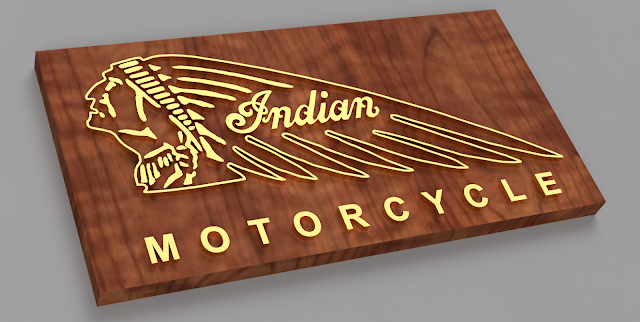I've spent at least a couple of hundred hours these past few weeks in the designing of this Bugatti Type 35 model and am finally getting to making parts for it on my 3D printer!
I am also very pleased with the images shown above that I created using Fusion 360 CAD software. Looks pretty much like the real car so that is a good start anyway as far as getting a model of the car built that looks as correct as possible. At least as correct as I can make it without having the engineering drawings to make it absolutely perfect.
Shown above are the components that are needed to make up the frame along with the floor and lower section of the engine compartment. The four long pieces at the top of the photo are the rails for the frame. I needed to each of the two rails in two sections as my 3D printer could not make them all in one piece without making the entire model in a smaller scale. Not something I wanted to do from the start.
Here is the floor of the car with the center hump for the driveshaft and the mounting holes for the seat supports. I was happy that this part turned out so well as it will be one of the main features to see in the model once it has been completely assembled. The larger hole in the floor will be needed to mount the dual mufflers in the model. All of these holes will be covered up by the seats so they will not be seen again after assembly.
Here the frame and floor have been test fit together to make sure everything lines up correctly. The panel setting next to the frame is the underside view of the engine compartment. The model's engine compartment will not have the capability to be opened up so I did not bother with trying to design the engine for it. The underside of the engine compartment had to be simplified to fill the space where the engine would be along with a mounting area for the dual exhaust. This part will be installed on to the frame once it has been glued together.
Here is another look at what the frame will look like once the axles and wheels have been add to the build. Total time to 3D print the parts I have shown here came to around 79 hours. This seems like a lot but the best I can estimate to 3D print the entire model will be right around 200 to 300 hours or more. Then add in another 200 hours or so for the design work and your now looking at a 400 to 500 hour build.
It all takes time both on and off of the computer. Hopefully in the coming weeks I will be able to get more 3D printing done on this 24" long Bugatti model. It should be a nice display piece when I get it all put together.













